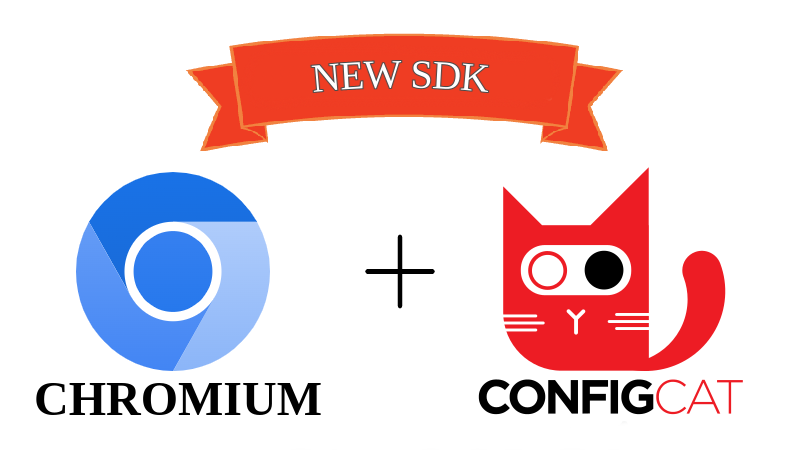ConfigCat SDK for Chromium Extensions!
At ConfigCat, we always prioritize our customers' feedback and requests to ensure we provide the best experience possible. That's why we took action on a user suggestion to support browser extensions based on the Manifest V3 platform.
We're excited to announce the release of our ConfigCat SDK for Chromium Extensions. This SDK is a specialized fork of our JavaScript SDK. Designed to allow for easy incorporation of our feature flag services into browser add-ons, it features a specialized cache implementation leveraging the chrome.storage API, which enables proper SDK functionality.













